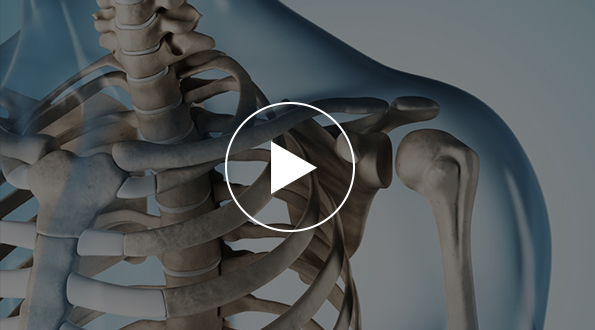
While knee injuries can affect patients of all ages and activity levels, they are most common in those who participate in high-risk sports, are obese, are older and who lack muscle strength and flexibility.
Signs that you may have injured your ACL include pain, swelling and instability immediately after the injury, followed hours later by greater swelling and pain, limited motion, tenderness and an inability to walk comfortably.
Only about a third of people with a completely torn ACL are able to build their muscle strength enough to resume normal activities without surgery. Those who are not very active may choose a strengthening program instead of surgery, since the injury is not likely to interfere with their daily activities.
Active, athletic people are more likely to opt for surgery, so that the knee can be repaired and rehabilitated and they can return to their activities. The surgery is called an arthroscopically assisted ACL reconstruction and is performed in an outpatient setting.

